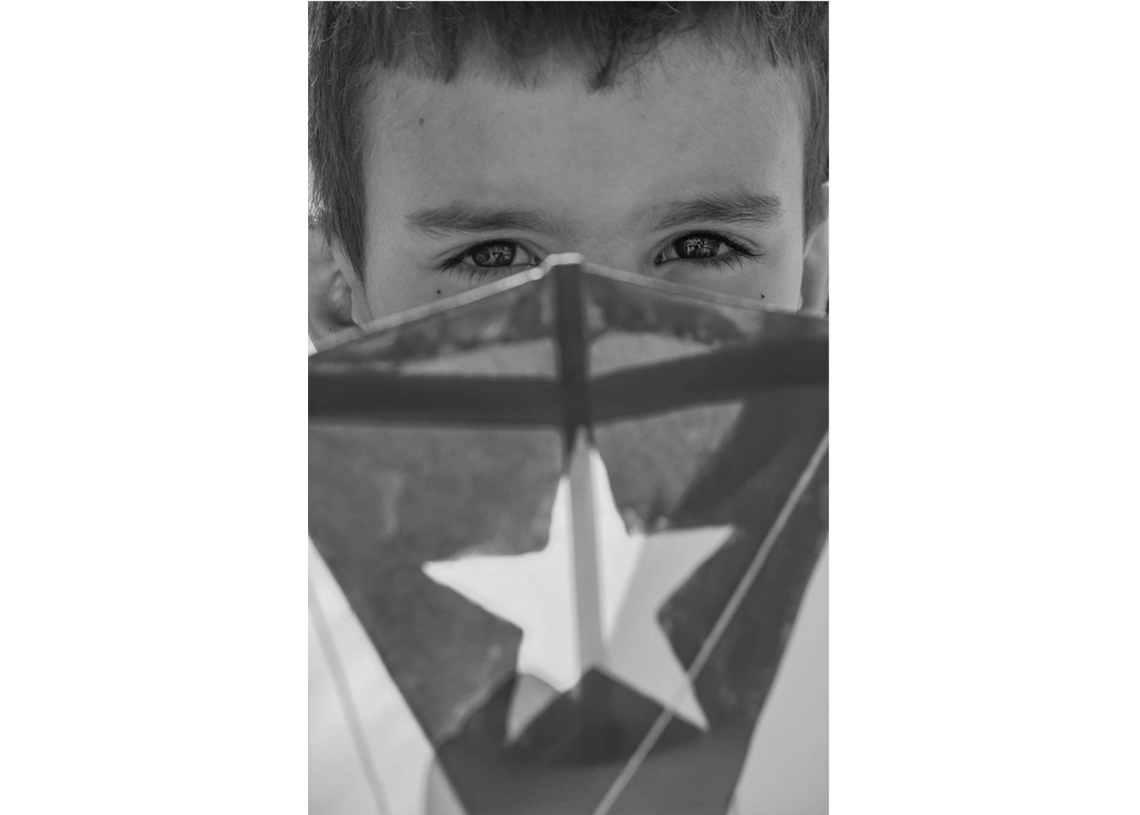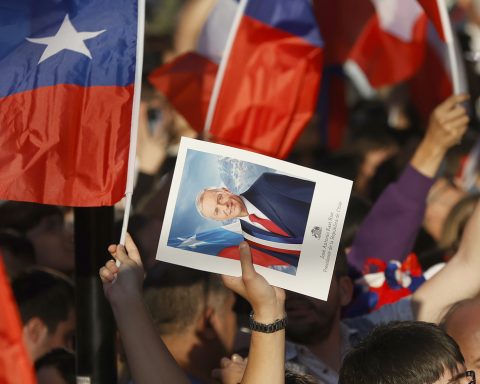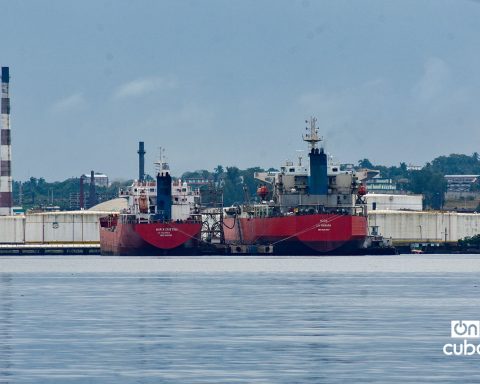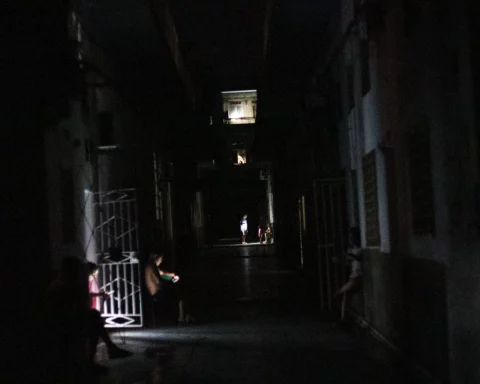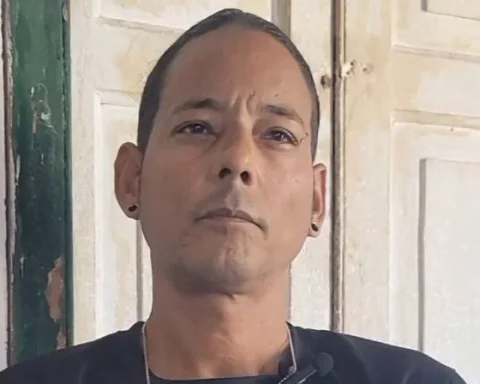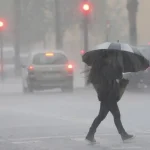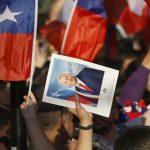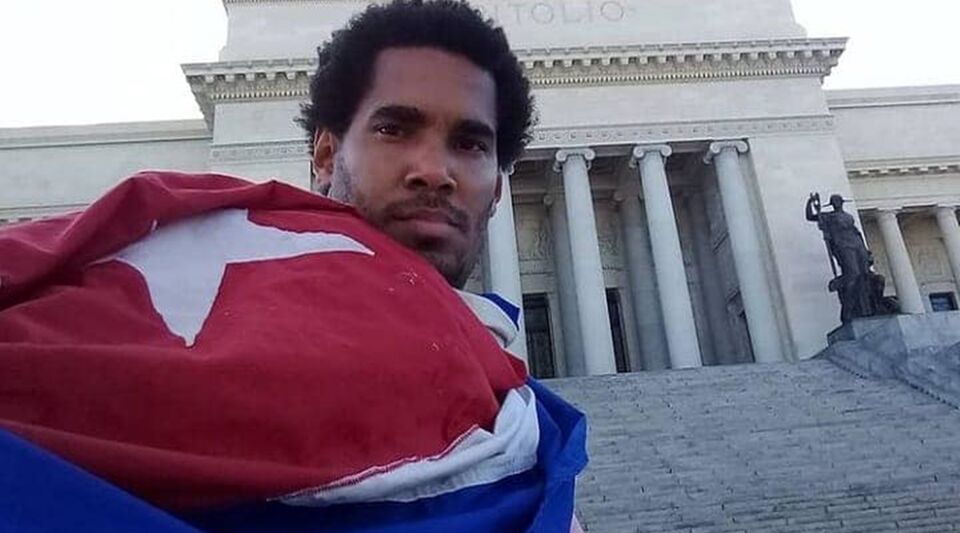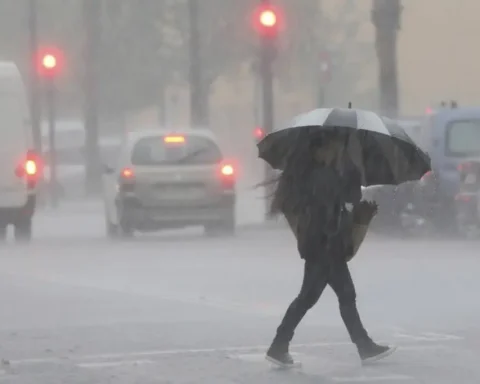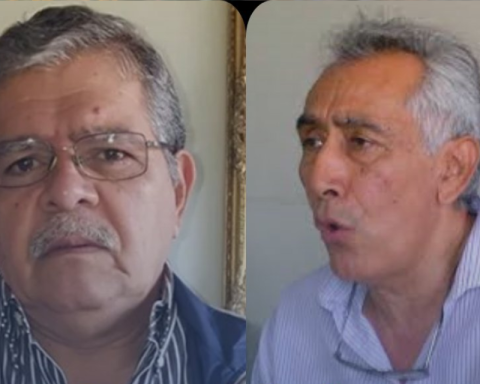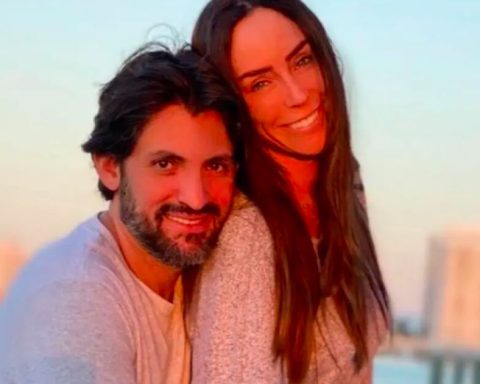Sonia Almaguer (Holguín, 1971) studied ballet (elementary level), she graduated in Art History from the University of Havana (1993) and is a graduate of the Creative Photography School of Havana (2013-2015). Despite her training, or perhaps because of that, her professional life has developed in the sphere of books: Director of the Social Sciences, Scientific-Technical, Extramuros and Cuban Art publishing houses; In recent years, she has served as President of the Cuban Book Chamber and General Director of the Havana International Book Fair.
Between 2014 and 2019 he has made twelve personal exhibitions; Here we quote a few: Almaguer inventoryLudwig Foundation of Cuba, 2015; Cuba is my brandtraveling exhibition through various English universities (Liverpool, Nottingham, Chester, Reading, Newcastel), 2016; Cuba light station, SEA Theater Headquarters, New York, 2018; and moments of a city, Fayad Jamís Bookstore, 2019.
In the first person, Sonia Almaguer tells us about her motivations and comments on some photos that she herself has selected:
Photography came to me almost by chance. Although I was trained as an art historian and always had the latent desire, I lacked technical tools and a good team to decide to enter this fascinating world. One day the opportunity arose and courses on different subjects appeared: camera management, lighting, composition, photographic genre, digital editing, among others, which shaped what my eyes began to see differently.
Since I was joining the profession late, I decided to concentrate and work hard, studying the classics. Along this path I learned, with Henri Cartier-Bresson, that “photography is placing the head, the eye and the heart on the same axis”. This is how images began to come into my life and I began to explore the various themes and photographic genres. And in that search for myself, slowly but steadily, the portrait was given to me as an effective way of approaching things and penetrating the inner world of people, through their own gazes.
Then, and also by chance, I enter the universe of theater and discover theatrical photography, one of the lines that has identified me as a photographer. More than documenting the staging, I am interested in seizing everything that the world of the stage offers me and creating an “other” work, to take scenes and characters out of their natural environment and build new discourses with them, almost always through curatorships and recontextualizations.
Cuba is a privileged country for its light, for its landscapes, but even more so for the people who inhabit it. In my experience, Cubans have no complex or fear of being photographed, rather the opposite: people live spontaneously, and hardly notice the always indiscreet gaze of the photographer. Going out to take photos in the streets of Havana, Santiago de Cuba, Viñales or Matanzas, is not just picking up your Nikon and shooting; it is to interact, dialogue, conspire with the person portrayed, sometimes just with a simple gesture of “may I?”. And they respond to you just as spontaneously, and they even rearrange their bodies knowing that they are posing for posterity, for history, because that and nothing else is photography, a visual record of our contemporaries, of our environment, of our little ones. and ephemeral everyday events.
In less urban areas, the exchange is much richer, more folkloric, more intimate, and that fascinates me, it transports me to a parallel world where only I, the camera and my subject exist. The outside world, the rest, just disappears and you discover that you are doing Photography.
SANTIAGO PASSPORT
Santiago de Cuba is among our most Caribbean cities, “santiagueridad” is an attitude towards life. The richness of the Santiago faces, in full dance exercise, in march or obligatory stop during the inaugural parade of the Caribbean Festival, is infinite. Its actors are charged with an energy, a rhythm and an explosive color that the exercise of capturing them following in their footsteps makes your camera sweat until it almost detaches the rubber bands from the lens. What is most enjoyed when making these very Cuban portraits is the spontaneity and collaboration of the dancers and musicians, they all want to be captured by the camera, so the commitment increases while your rhythm almost ends up being the same as the comparsa that marks the traditional trumpet. China. There is no better way to take pictures than the one that Santiago de Cuba provides.
PHOTOGRAPH THE THEATER
Photographing a play or dance requires a lot of commitment, since you are arriving at an accomplished artistic fact, thought of and created by many people; however, having the contribution of a photographer at the moment of the setting is to ensure the durability of the work over time, it is to obtain the graphic testimony of something that, due to its natural characteristics, is usually ephemeral, only the record remains for history visual in photos or videos. Even so, the lens artist has many opportunities to make a new work, thanks to the way in which he approaches the scene, looking for every available plastic resource and creatively exploring elements such as contrast, textures, perspective and composition. . You can feel the eroticism and sensuality that a photo like the one from “Danza del Alma” transmits or the stoicism that implies carrying the lone star of our national flag on your chest. Scenes like those of “CCPC” can be decontextualized from their original setting and with them articulate your own, contemporary, daring discourse. Undoubtedly, the portrait marks me, it becomes a constant in my work, it does not matter if the stage is public like a parade, or intimate like a theater: my camera always turns towards the faces.
REFLEXES
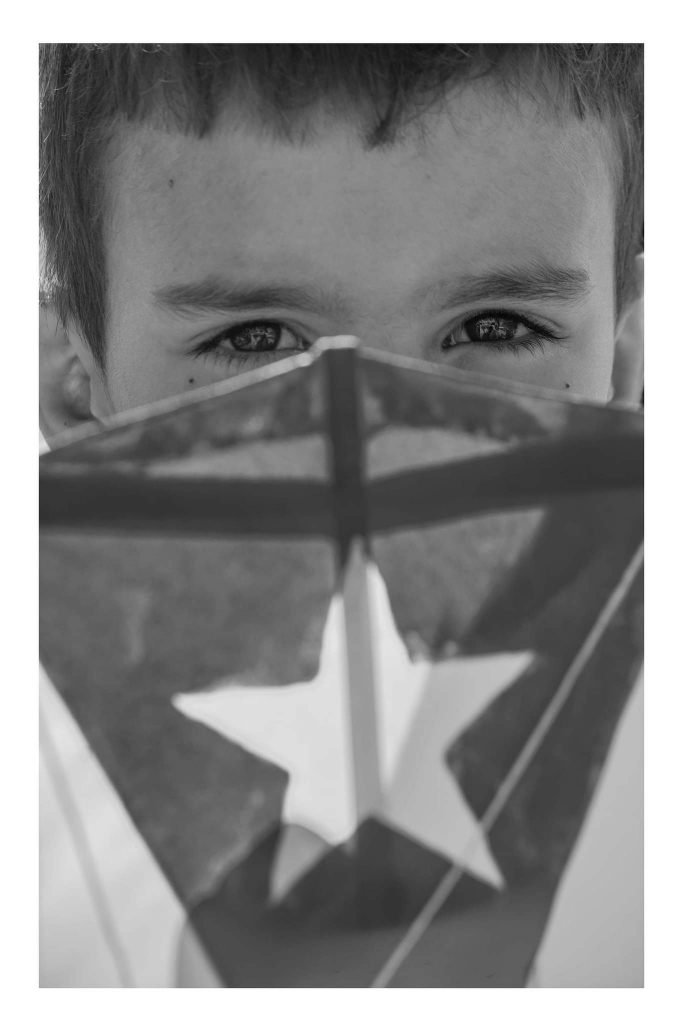
Reflexes. My self becomes a mirror, my own image is discovered in the pupils of the child. I was trapped in that naive and shy gaze, behind a kite with the Cuban flag drawn on it that did not dare to fly, even when it was surrounded by a dozen other similar artifacts. While the grandmother and the boy let me take the picture, I thought: why not put it down and let it wave? Why did he prefer to stay like this, protected by his flag kite?
FROM THE FICO HALL TO THE MATILDE PATIO
Longing is a frequent feeling in which we grow up and begin to notice how short life is and how delicious childhood was, along with relatives and objects that remain only in your mind, because they left or no longer exist. . This is how this series comes about, when as a couple we remember those little things that took us to each one’s birthplace. Luckily for photographs, our first homes were located in settings as different as the countryside and the city. The idea was to capture the smells, the stories and even the flavors from the perspectives of our childhood; when throwing yourself on the floor, getting muddy and getting behind the window was not a problem; when all that was, although we did not know it then, a sweet amusement to remember.
